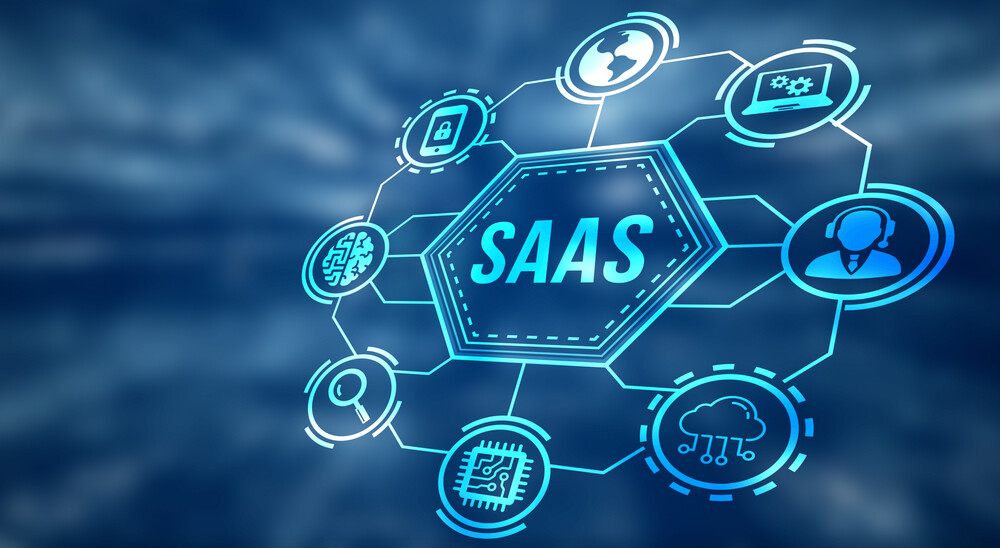[vc_row][vc_column][vc_column_text]
Are you familiar with Software as a Service (SaaS)? Are you on the fence about exploring or adopting a SaaS solution? Confused between SaaS and other as a service models (Infrastructure as a Service (IaaS), Platform as a Service (PaaS))? Have you ever wondered why SaaS has gained popularity with increasing demand over the last few years? Today, in this article, we will be exploring SaaS and the benefits of adopting SaaS solutions over their traditional software applications counterpart.
What is SaaS?
SaaS is a software delivery model that is cloud based which is centrally hosted. Providers host their software on their servers, allowing users to consume their services through the internet. Rather than purchasing software and installing the software, users are charged a subscription fee based on usage. As a popular alternative over traditional software applications, SaaS provides additional benefits while lowering the barrier to entry, resulting in an increasing adoption rate over the years.
Other service models
Apart from SaaS, there are other service models such as Infrastructure as a Service (IaaS) and Platform as a Service (PaaS). IaaS provides users with access to computing infrastructures hosted on the cloud. Users will then be able to provision and configure the resources they need.
PaaS, on the other hand, provides users with a platform for developing, running and managing applications.
Different models offer different levels of control and responsibility for the various components. All in all, they are cloud computing models that offer users different levels of functionality and services depending on their needs and expertise level.
Benefit of SaaS
There are several benefits that come with the adoption of SaaS over traditional software applications, which we will be exploring below:
- Cost Effectiveness
Due to the nature of SaaS, it reduces the barrier to entry as the upfront capital required are reduced. Typically, the bulk of the upfront cost comes from the need for hardware, the setting up of the infrastructure and software licenses. With SaaS, users are only required to pay the subscription fees based on usage tailored to their needs.
- Scalability
Users are able to scale up or down according to their usage and needs. As opposed to traditional software where changes to the hardware and common infrastructure are required, SaaS providers are able to easily allocate and deallocate resources.
- Convenience/Ease of use
SaaS applications can be accessed via the internet, meaning that users can consume the services as long as they are connected to the internet.
- Easy management
As the providers are in charge of the application and infrastructure, the responsibility of patching, updating and maintaining them falls on the providers. This reduces the workload on the IT team and resources can be allocated more efficiently.
In conclusion, SaaS is a common option for users seeking a cost-effective, scalable and convenient solution due to its benefits over traditional software applications. Management of SaaS solutions is also much easier due to the fact that the service providers are responsible for them. With that in mind, it is not difficult to see the benefits SaaS solutions provide over traditional software applications, resulting in an increase in adoption rates over the past few years.
Still on the fence about adopting a SaaS solution? Reach out to our sales team at sales@netrust.net for more information about our SaaS offerings.
Follow us on LinkedIn for the latest happenings/updates.
